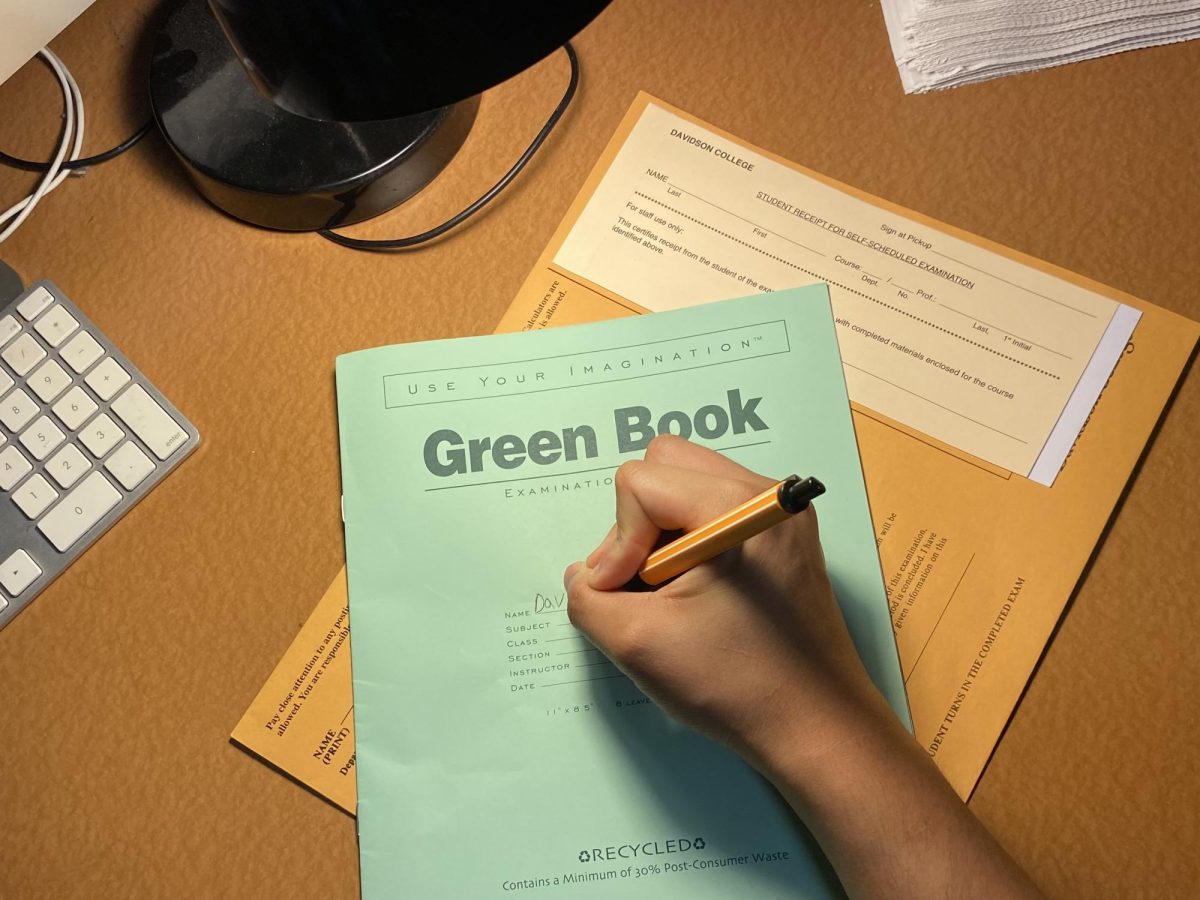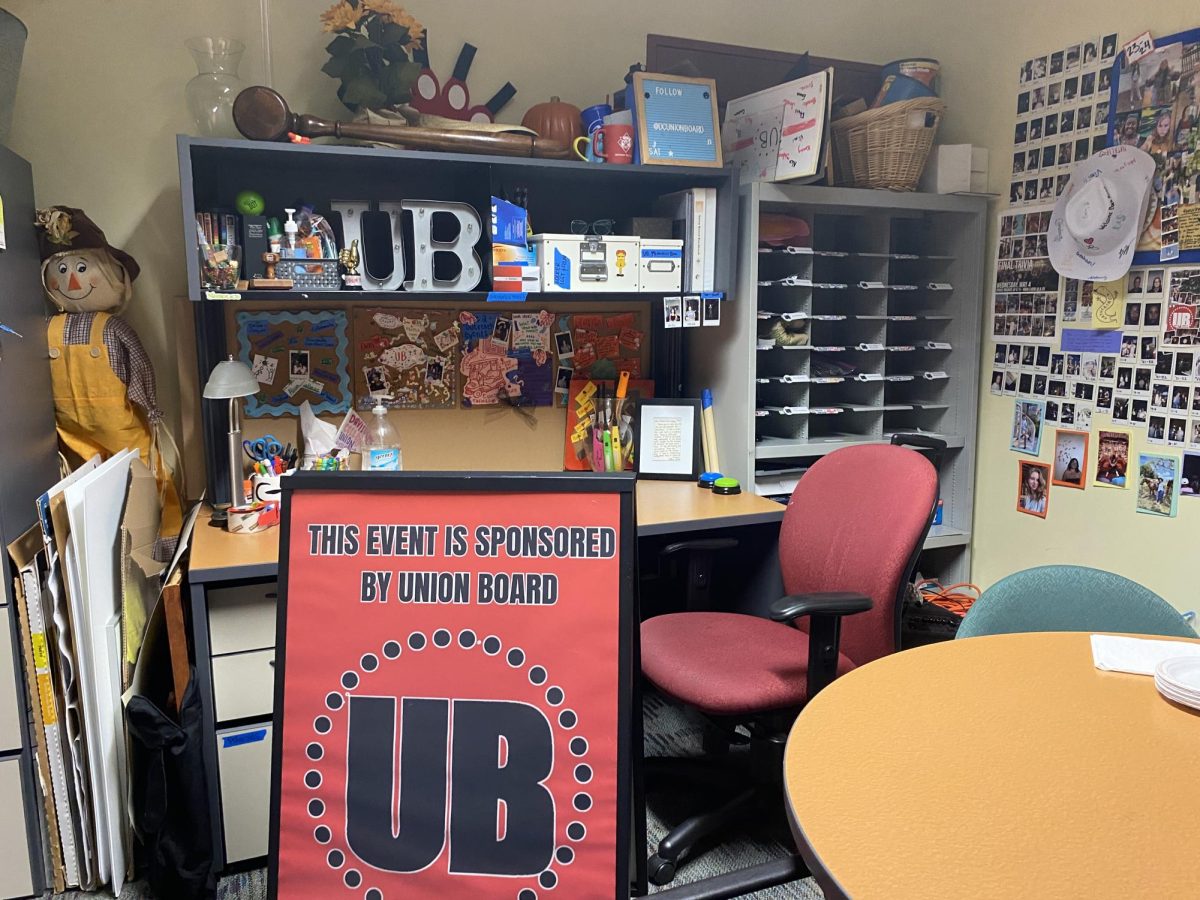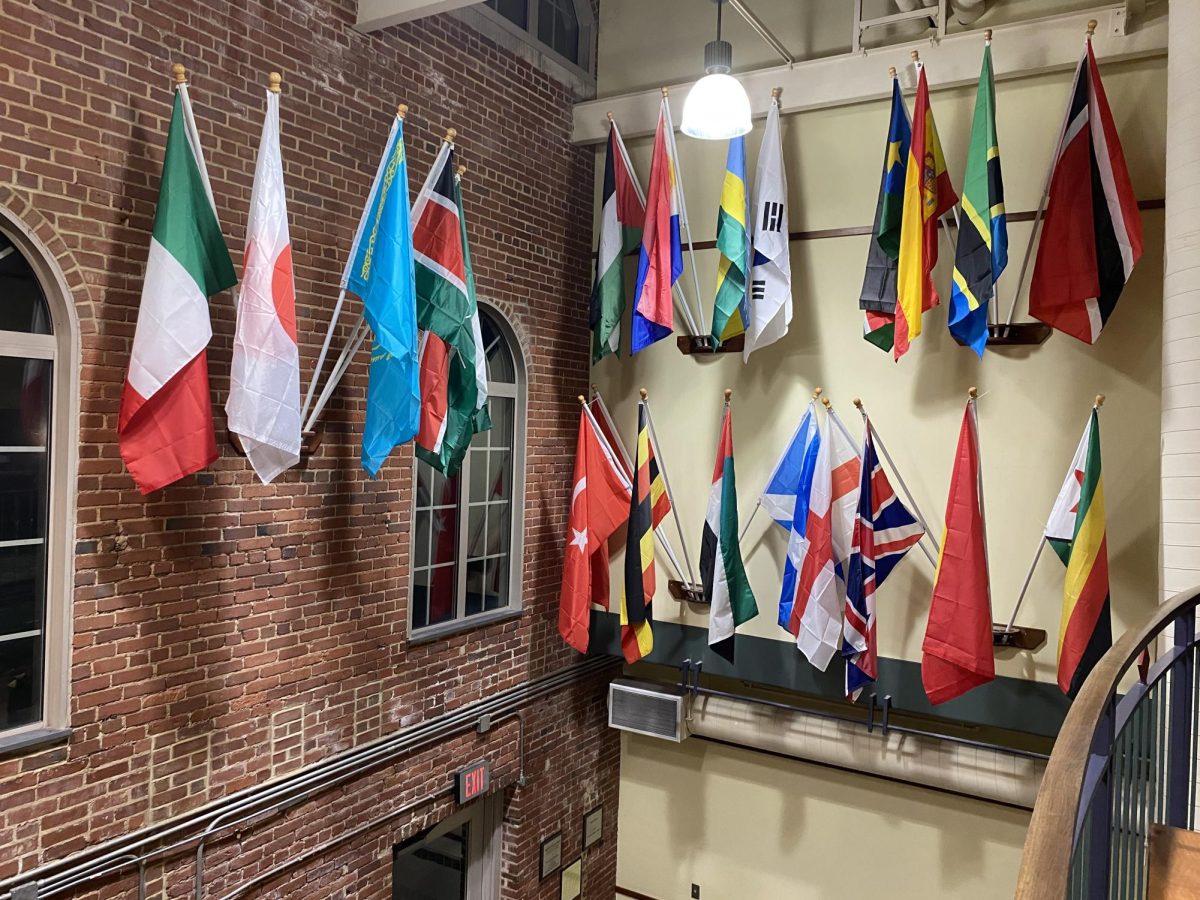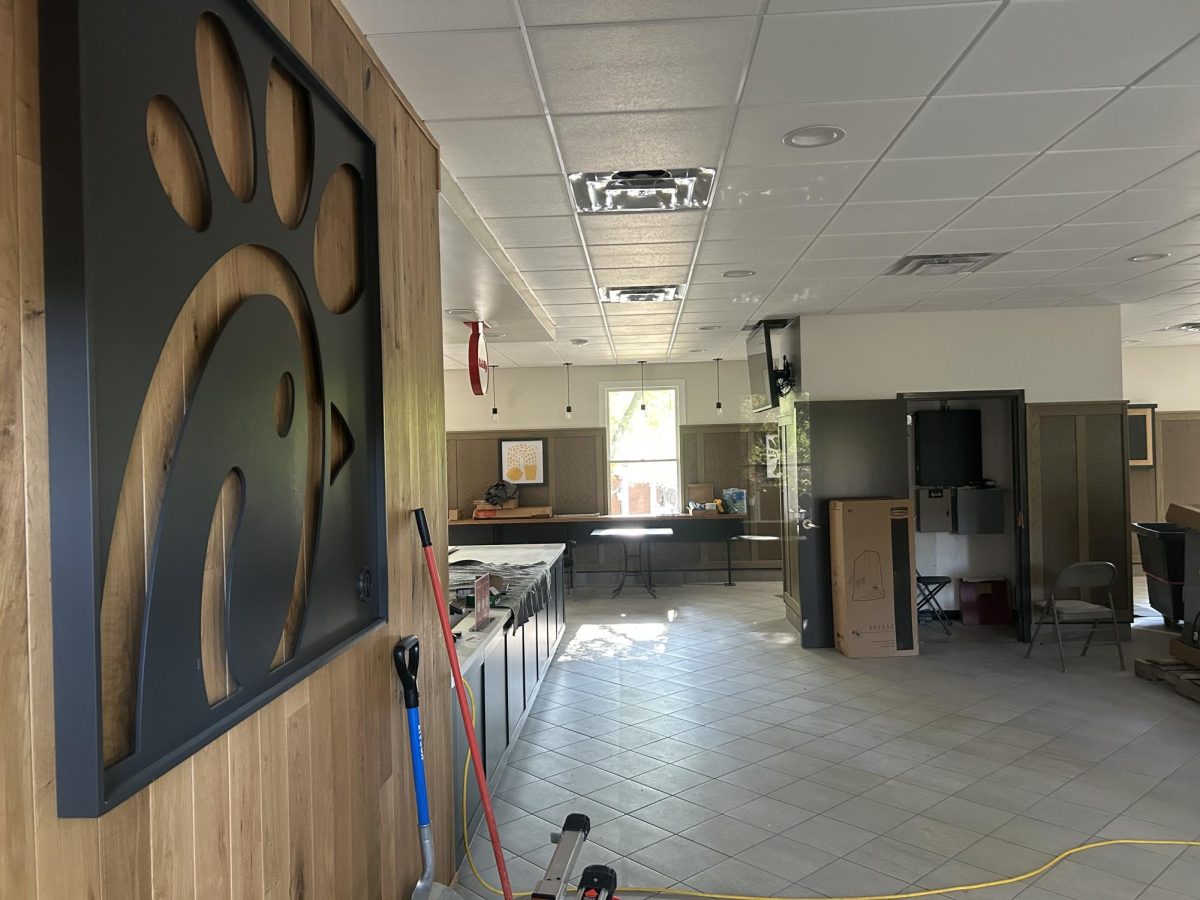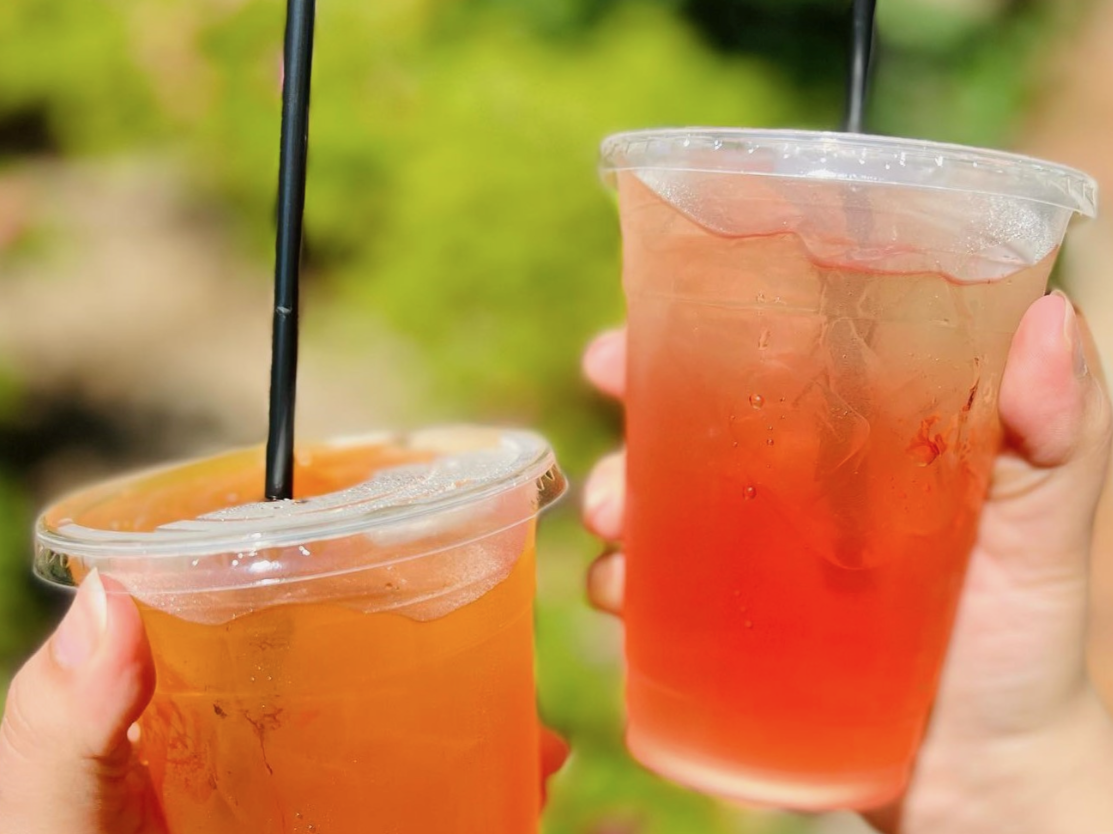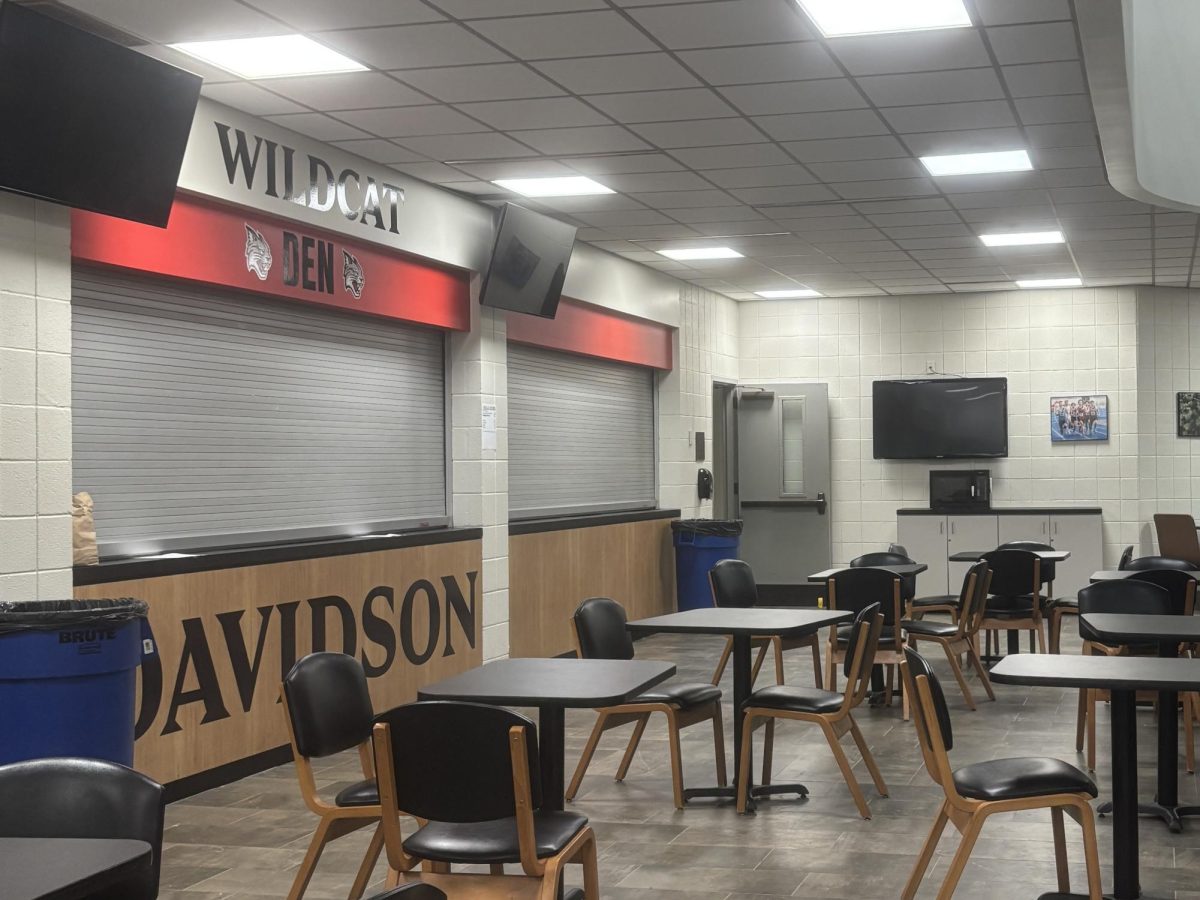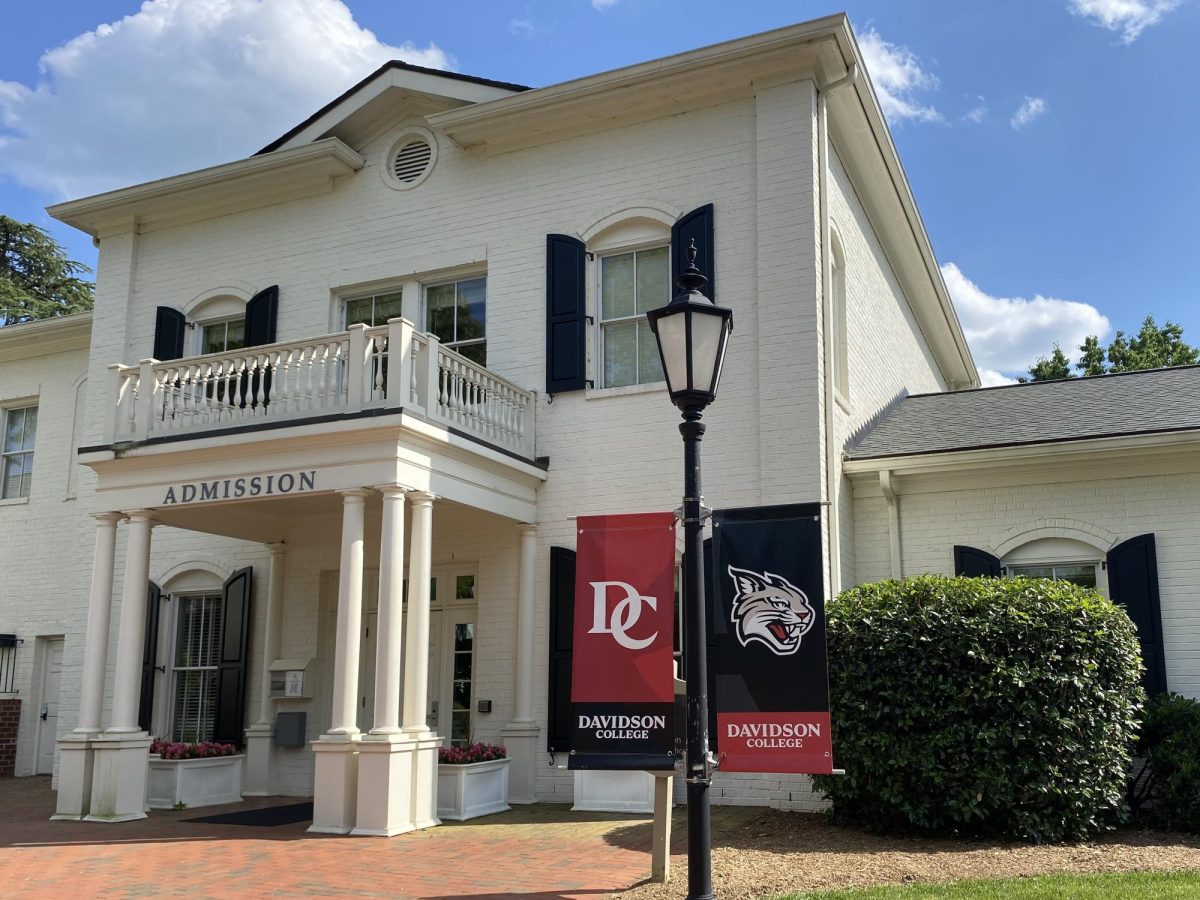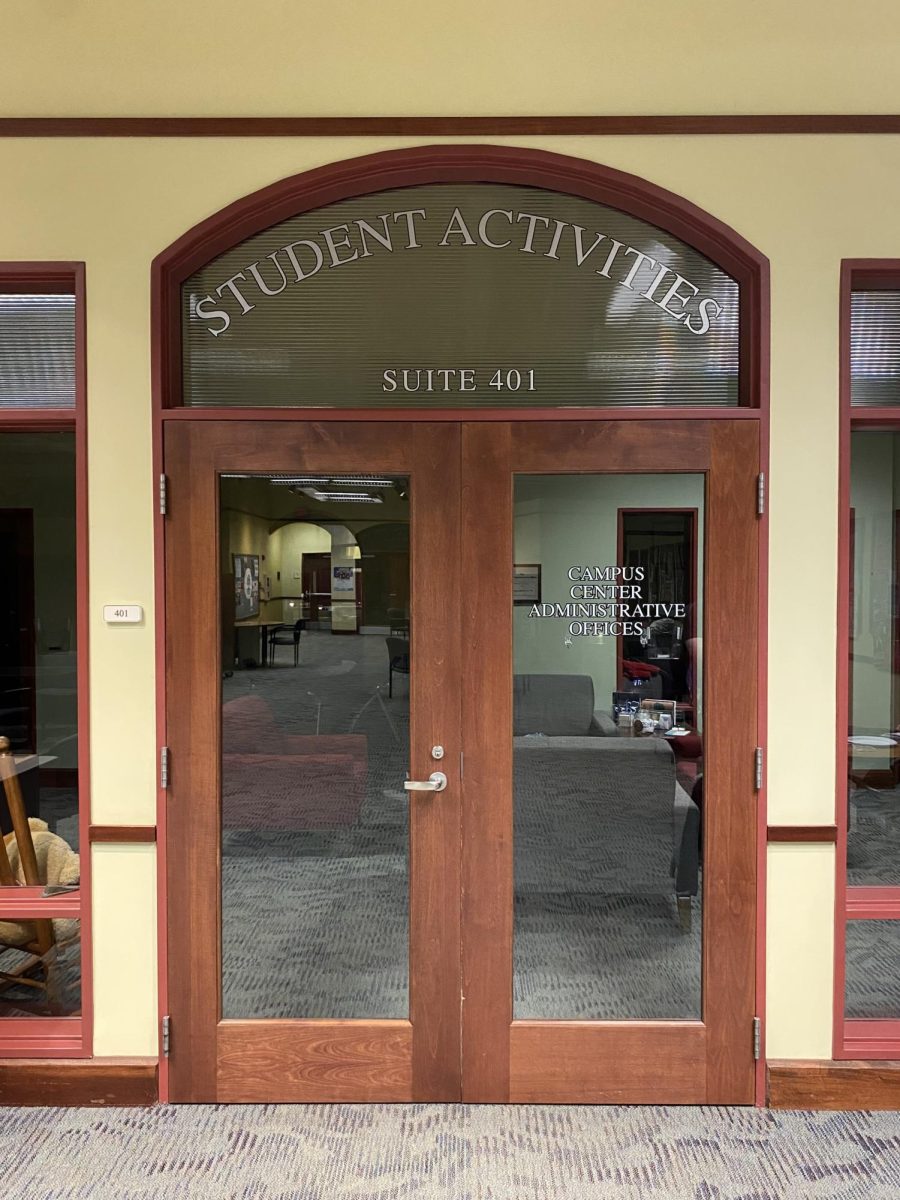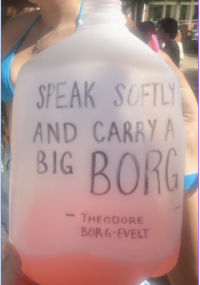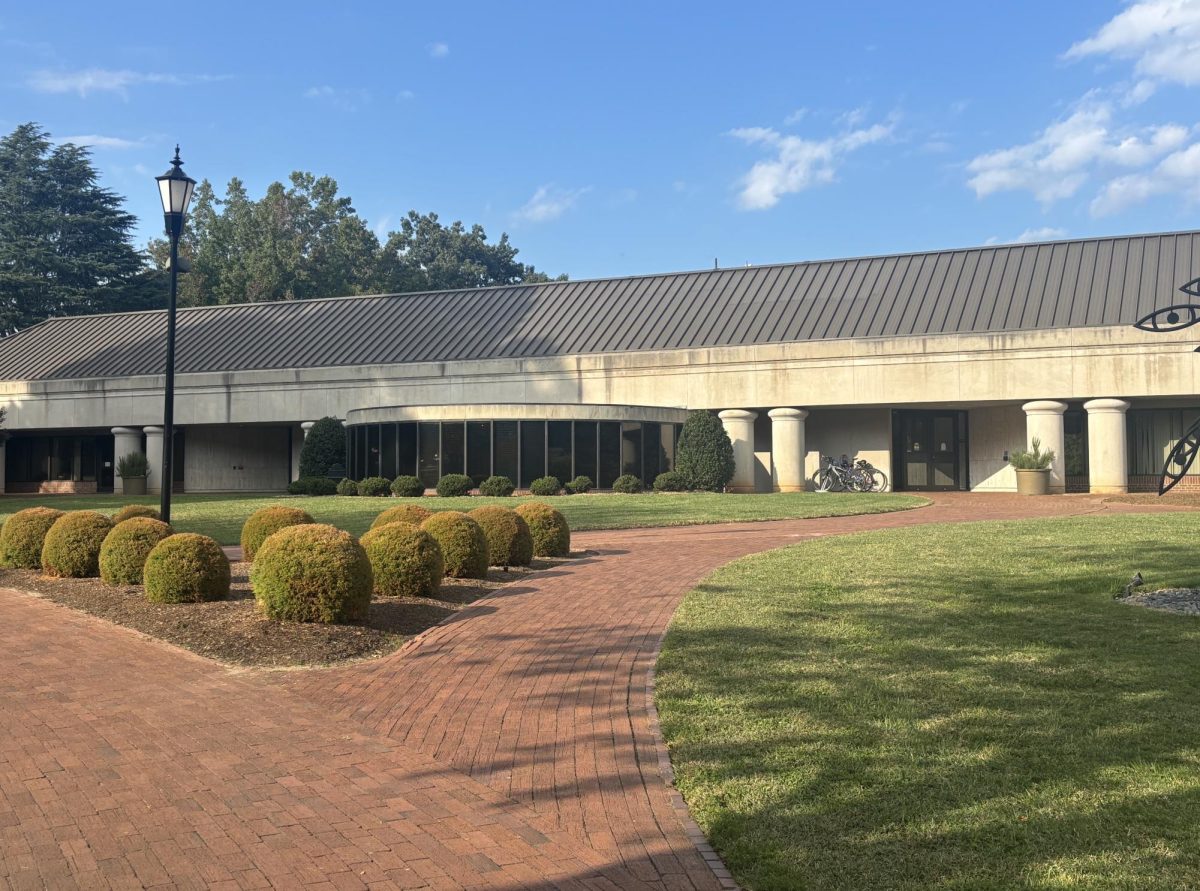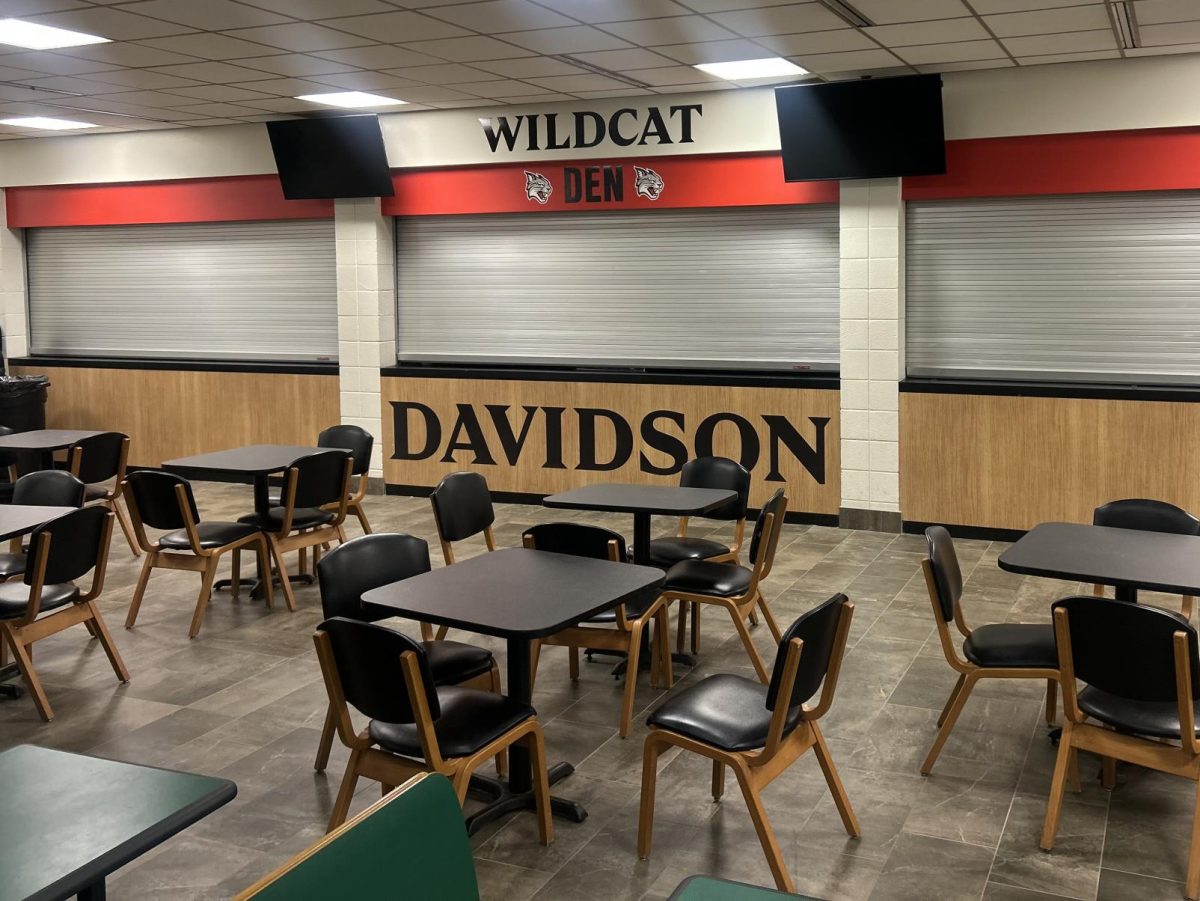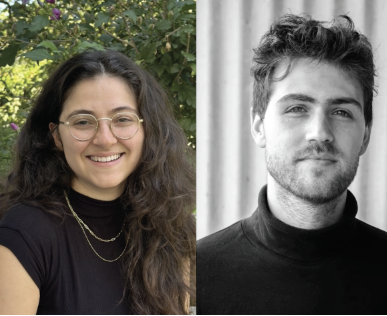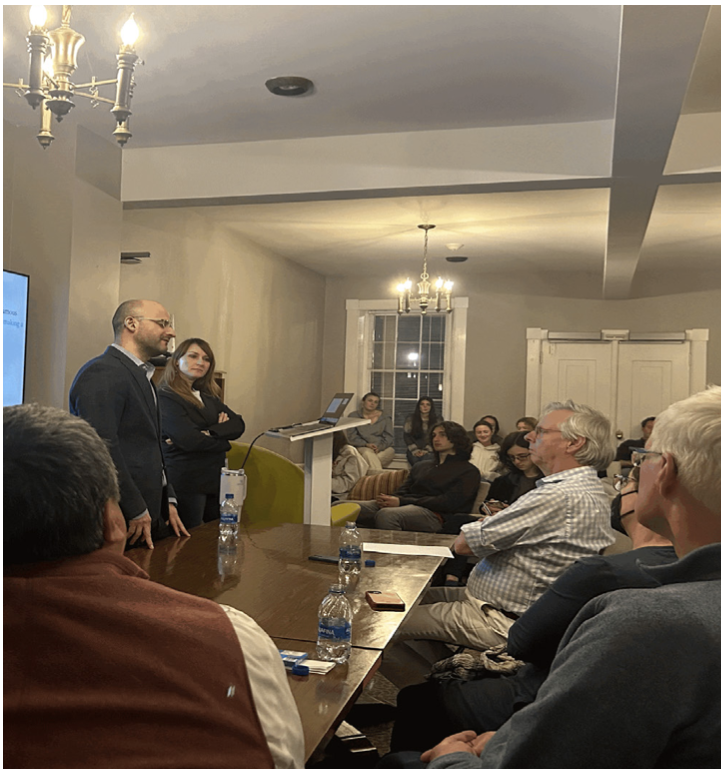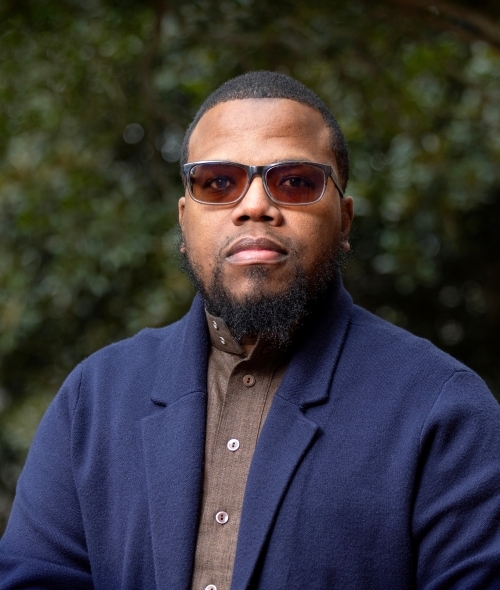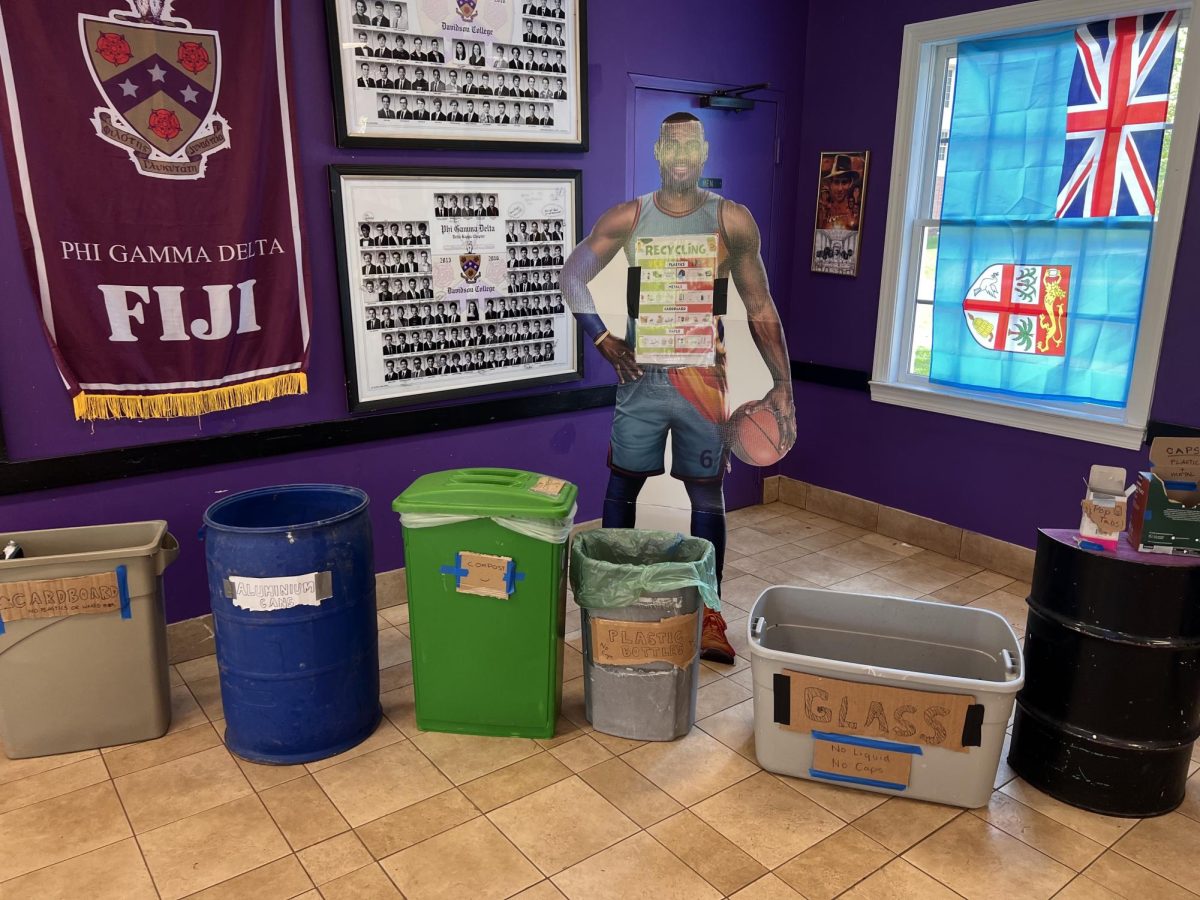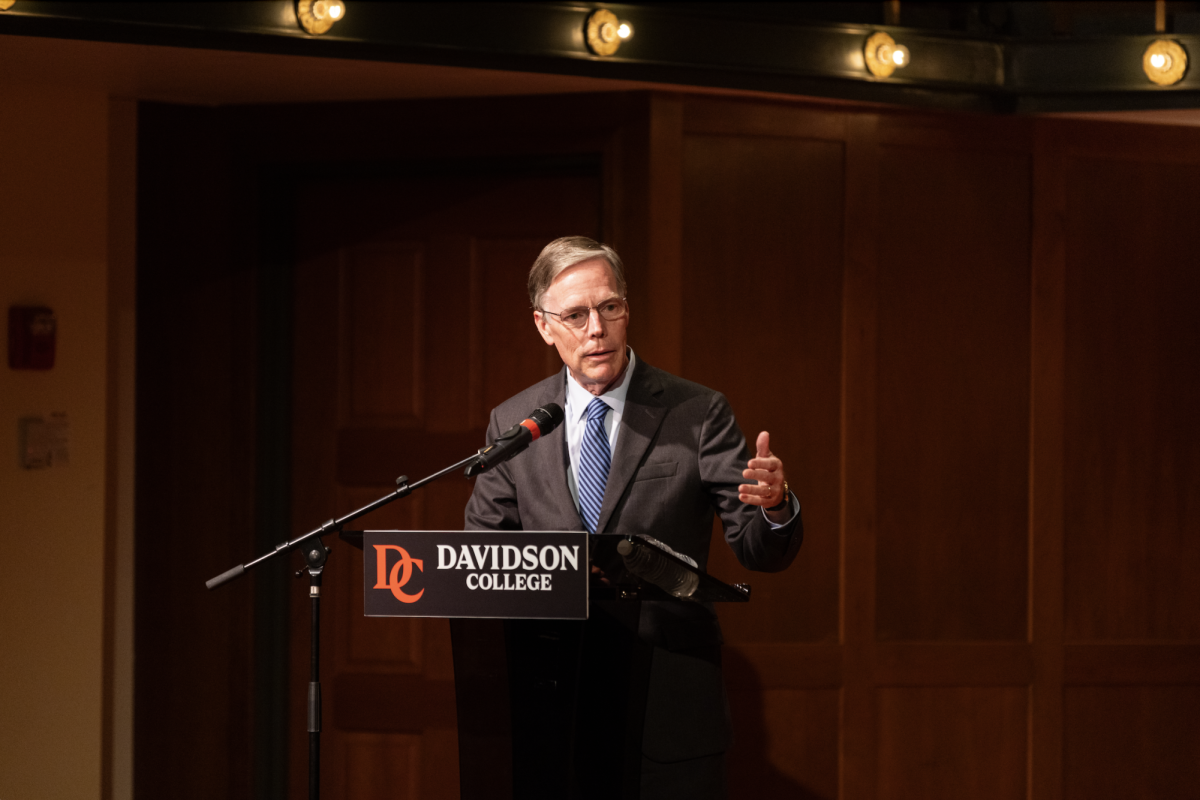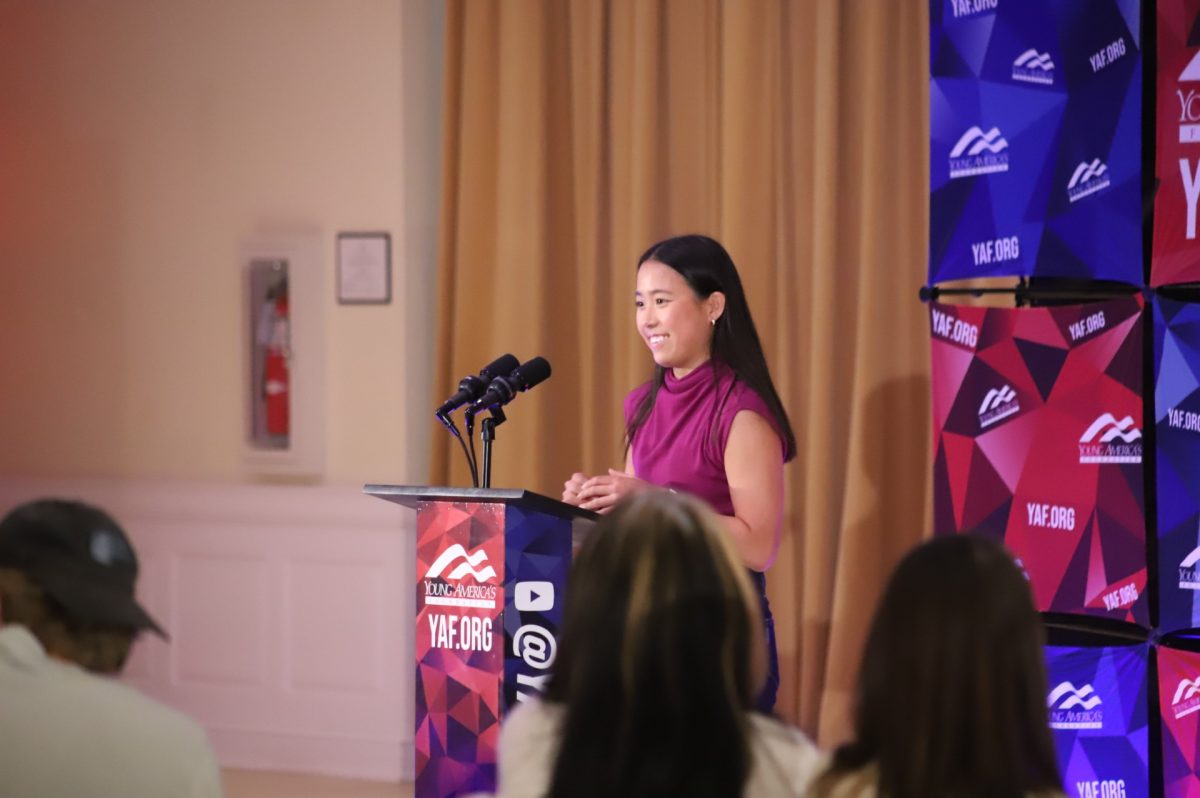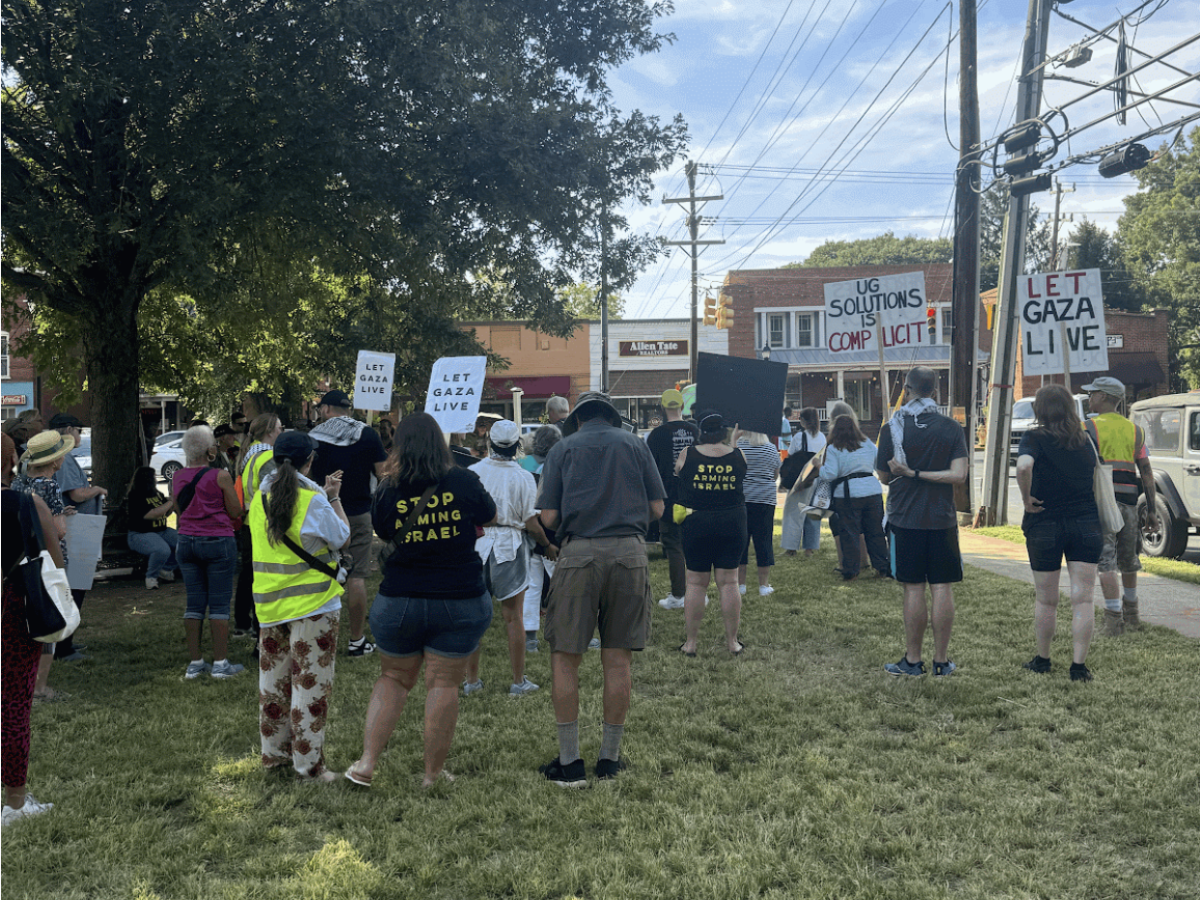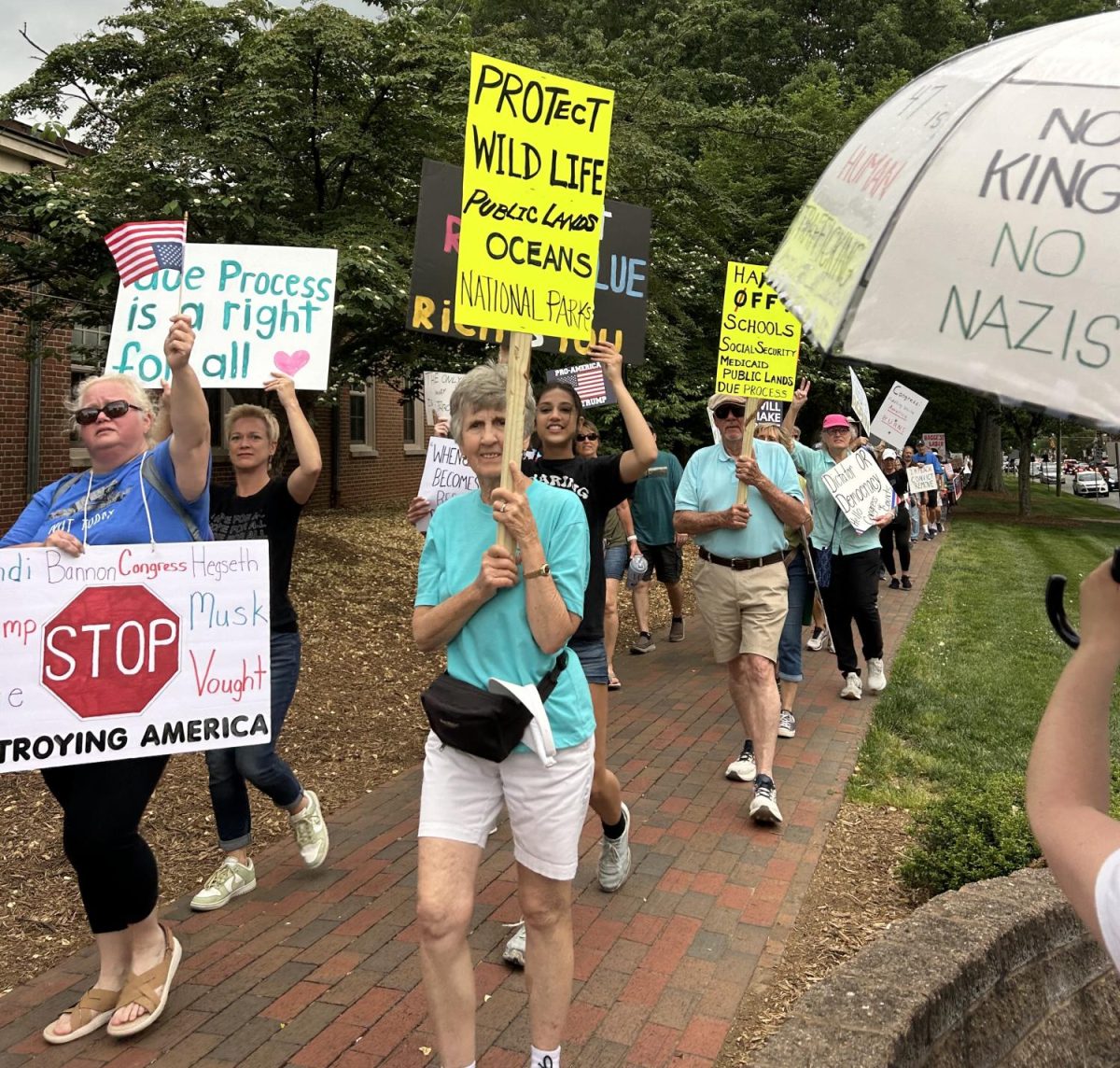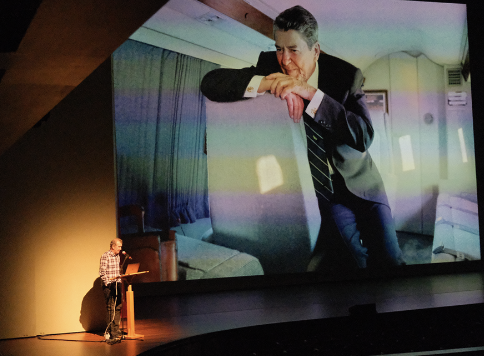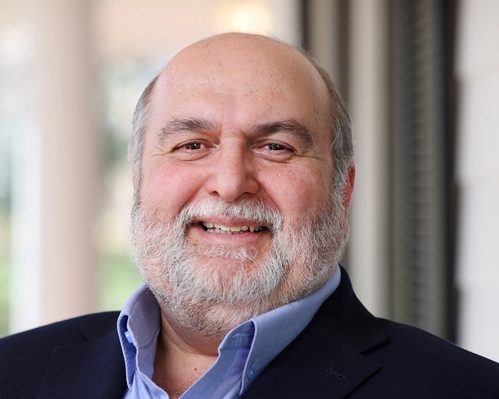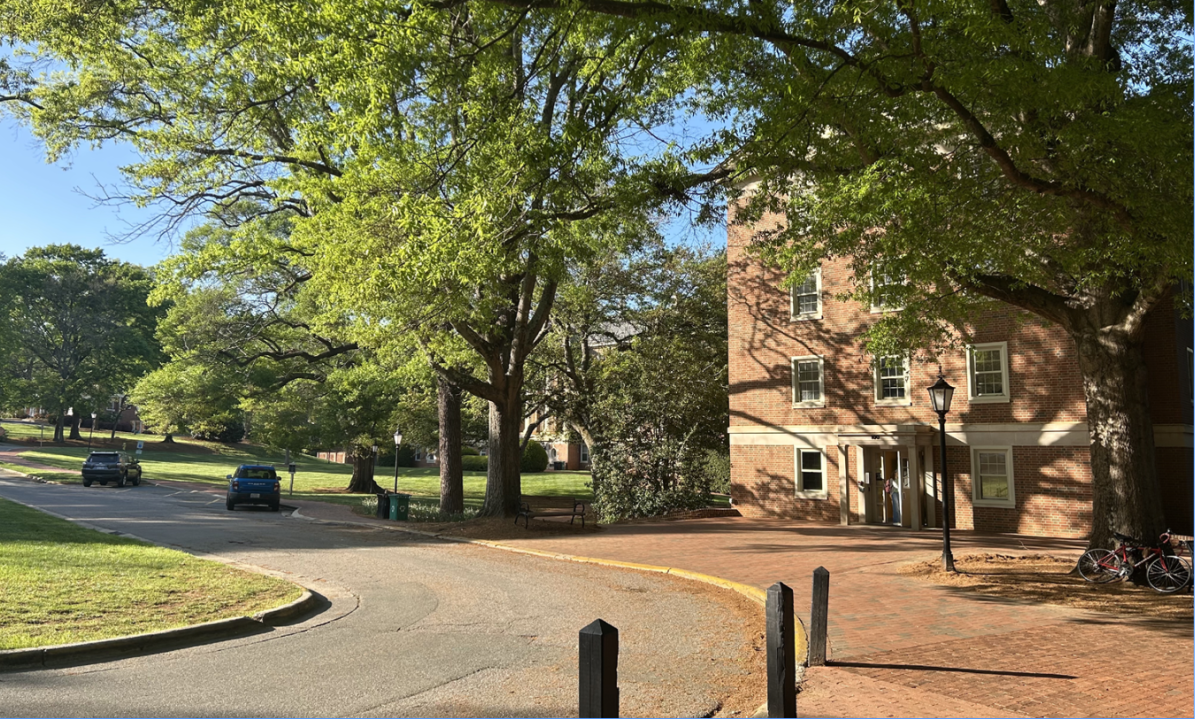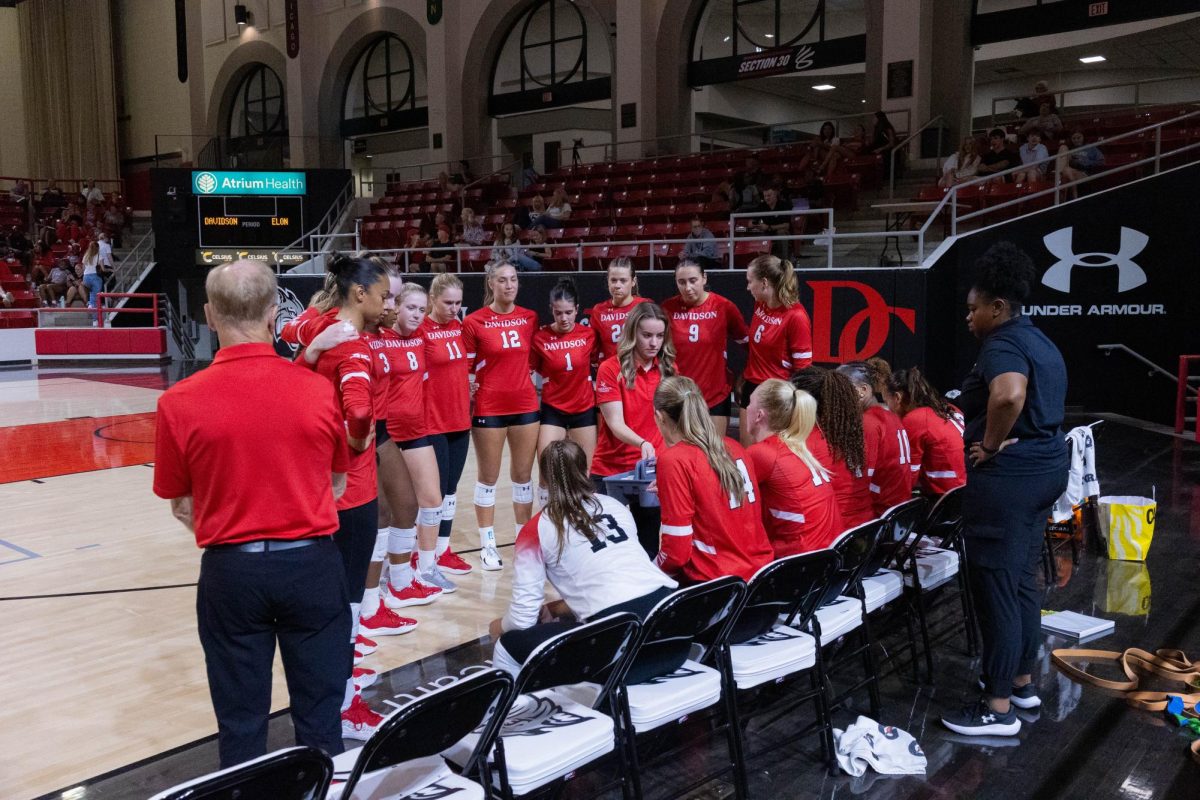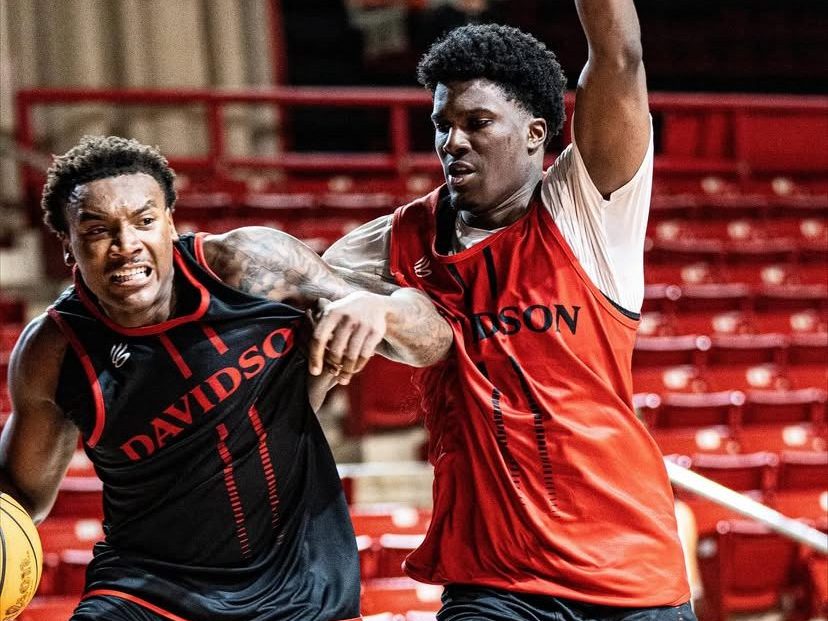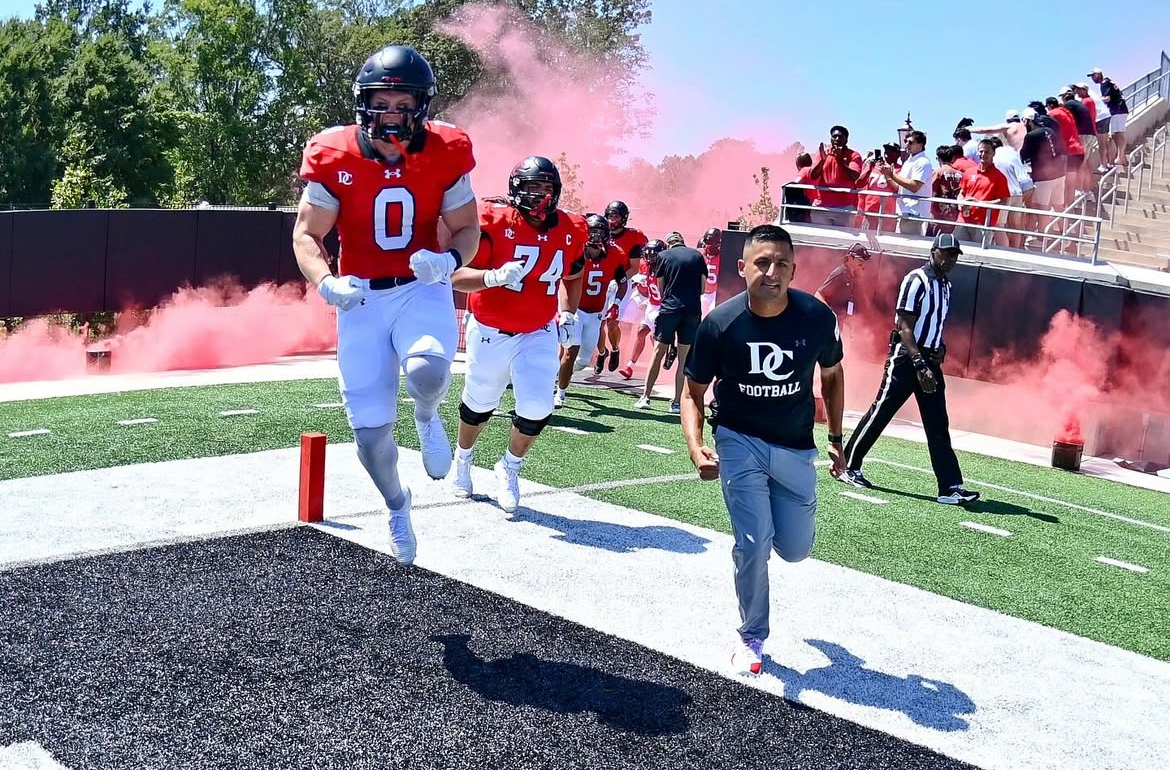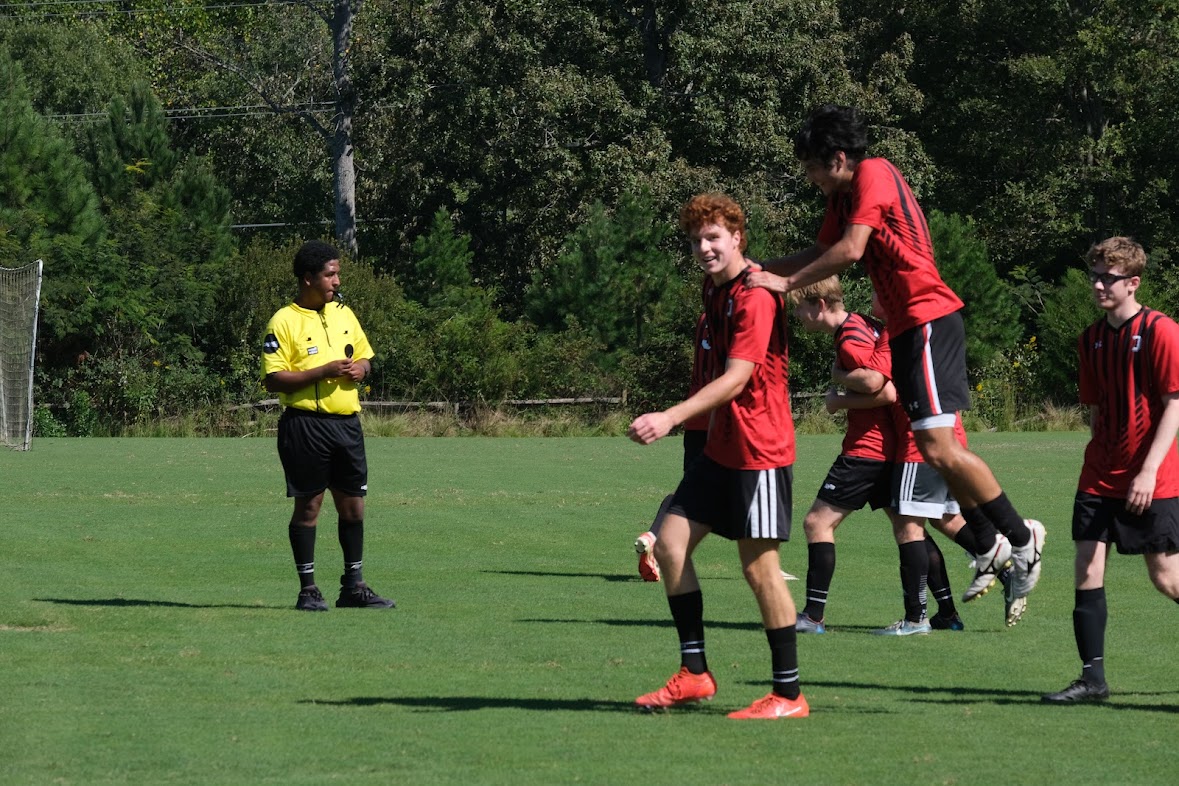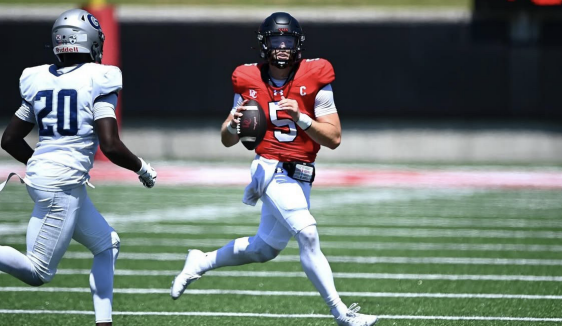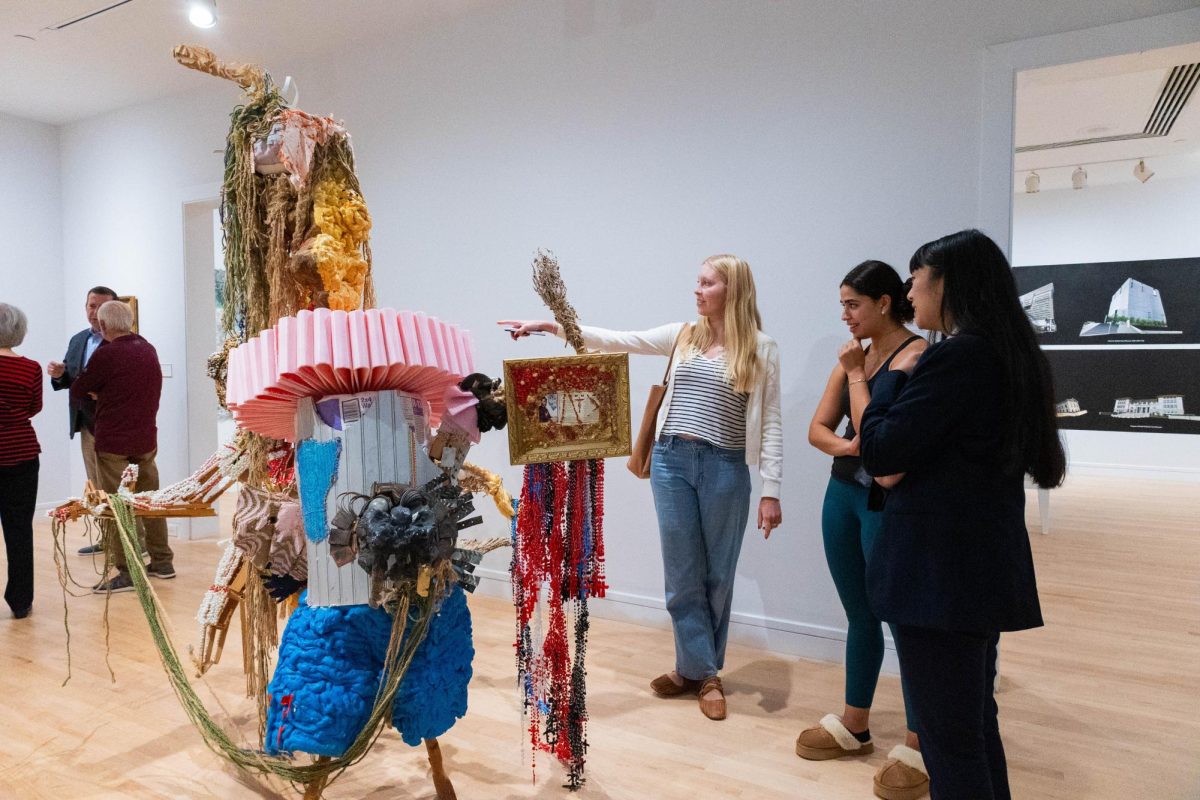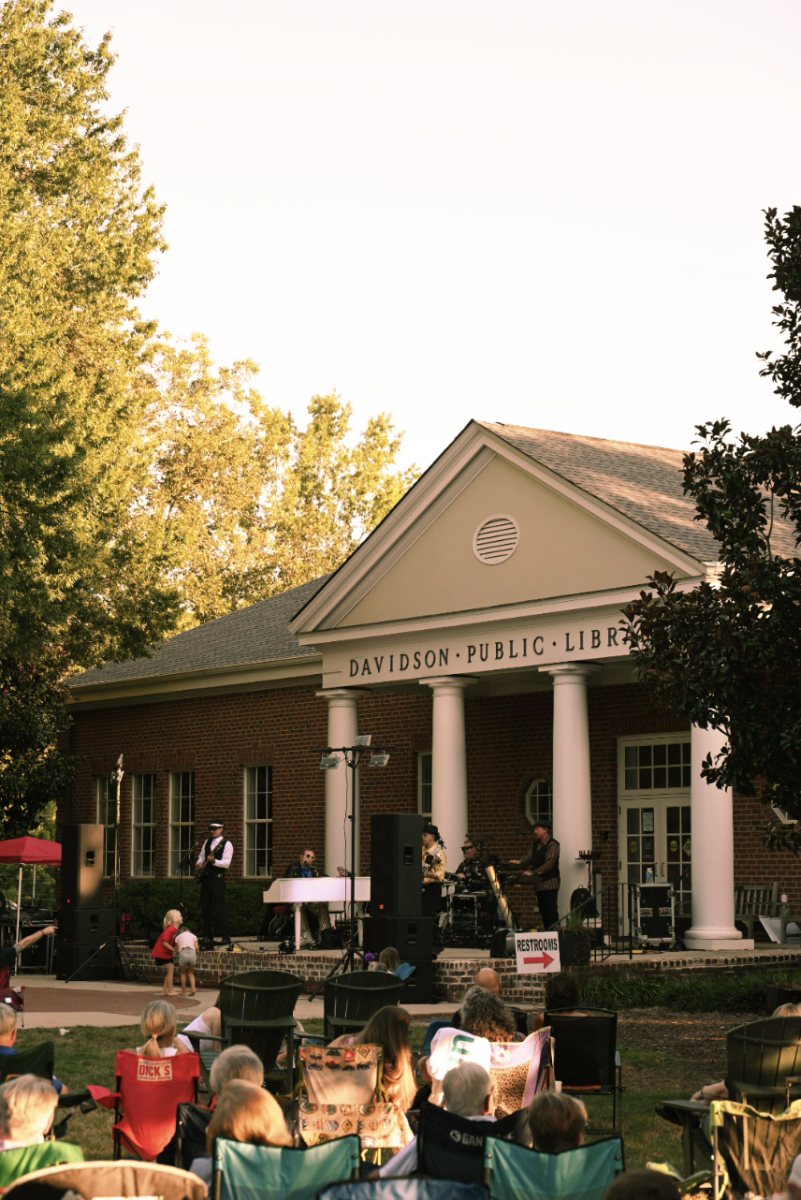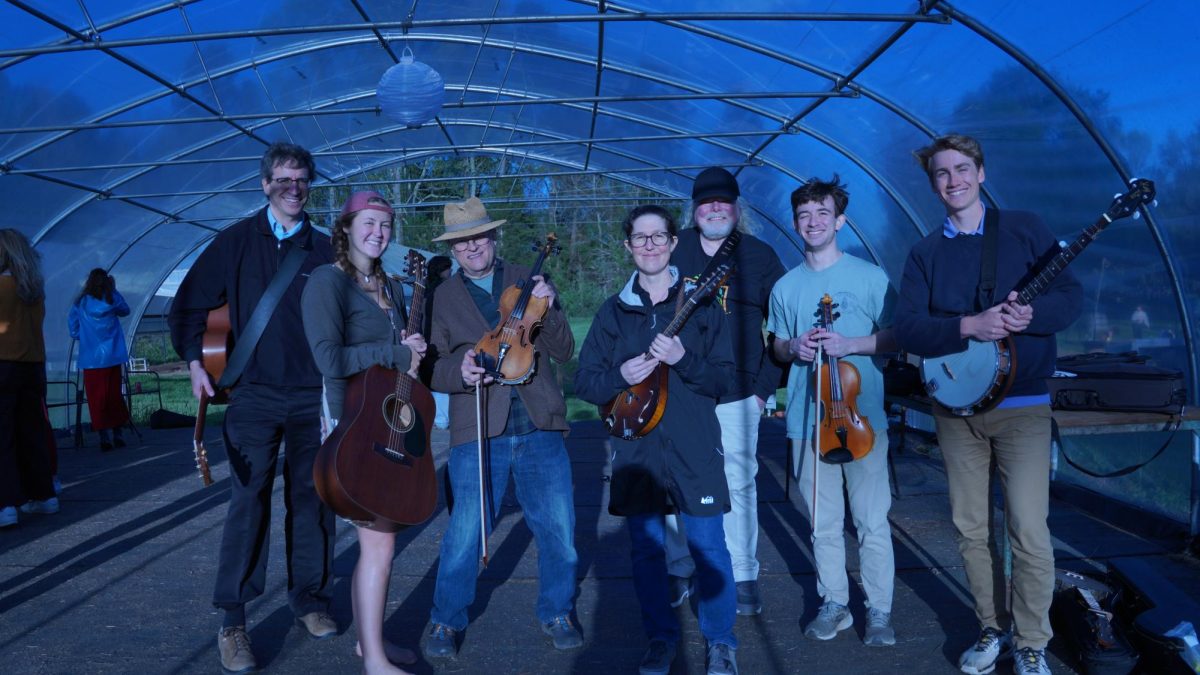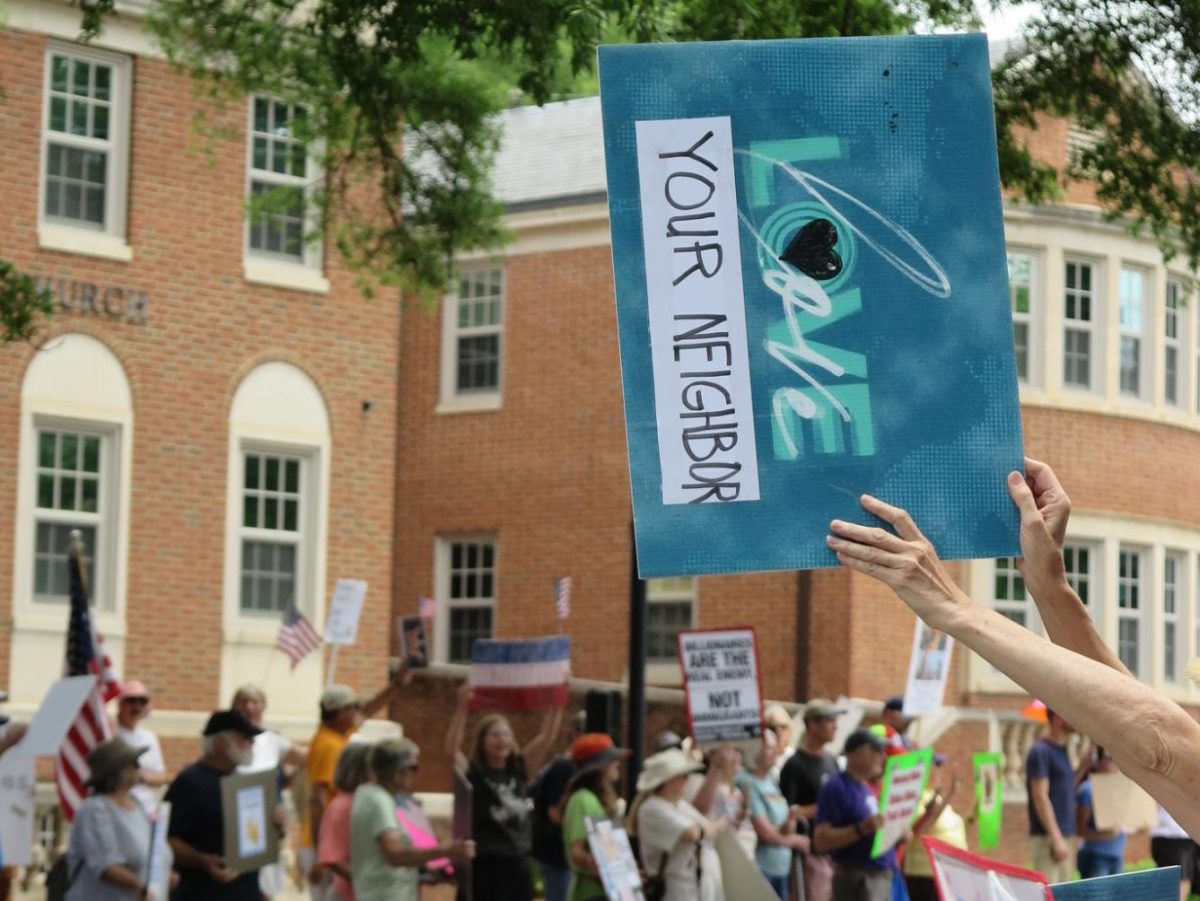Student organizations were allocated over $256,000 less for fiscal year 2025 (FY2025) compared to fiscal year 2024 (FY2024), according to documents obtained by The Davidsonian.
The cuts, which were recommended by the Activities Tax Council (ATC) and approved by the Student Government Association (SGA), amount to an 18.75% reduction across the board.
The SGA funded 85 student-run organizations for the 2025-2026 fiscal year. Of those, 27 groups saw funding decrease by over 20% and 30 groups saw funding decrease by between 0 and 20%. The budgets of 13 student organizations were cut by $4,000 or more; 22 were cut by under $100.
ATC Chair Alex Chudzik ’26 said the cuts were made to stabilize the budget after years of over-allocations and to ensure alignment with organization’s goals, as was previously reported by The Davidsonian.
Now, student organizations leaders are grappling with how to proceed. Union Board was most affected. The organization’s $400,000 budget is 23.5% less than it was allocated in FY24—a $123,000 reduction. Maureen Cavanaugh ’27, the CATS Excursion chair for Union Board, said the reduction limits their ability to host events.
“When our budget is restricted, it makes it harder to provide either the same quality or the same quantity of those experiences, because [we] have to choose at that point,” Cavanaugh said.
Despite requesting $63,500 less than last year, Union Board still received $59,500 less than requested. “When we’re asking for more funding, there’s a reason for that because as time goes on, [everything] gets more expensive.”
Davidson’s various cultural affinity student organizations are among those most affected. They received just over $16,000 less than in FY2024, a 14.31% decrease across the board, but 19.09% less than they requested for FY2025.
Cultural organizations are especially impacted by new guidance limiting funding for food. Student organizations were directed to limit food requests to 25% of their operational budget request for FY2025, according to Davidson African Student Association Co-President Danseh Yanou ’27 and a member of SGA who is familiar with the process.
Chudzik said cultural affinity organizations were given flexibility on that policy. “If you’re a cultural organization, it makes total sense. Food is essentially part of culture. You’re going to get a larger portion of your budget for food,” Chudzik said.
Nevertheless, Yanou said that budget cuts disproportionately impact cultural organizations. “A large portion of our budget is inherently going to be used for African food and to create that sense of community. For DASA, the food is one of the most important parts. Food is a large part of African culture, and so it’s really important that we have authenticity,” Yanou said.
“The majority of the money for almost all of our events usually goes to food,” Yanou continued. “We have to go all the way to Charlotte in order to even be able to get food, which means that the food is way more expensive because it’s scarce.”
According to Jenna Bouhussein ’26, president of the Middle Eastern & North African Students Association (MENASA), restrictions on food funding required the group to pay for some food out-of-pocket.
“We had an [executive] board member bring their own tea from their home country and have that be part of our event, because we couldn’t afford to buy it using our funds,” Bouhussein said.
Now, DASA may have to limit buying African food to two events per year. “For smaller events […] we might have to just get pizza,” Yanou said.
Smaller groups have also been impacted. WildCrafts, led by Co-Presidents Laine Demarcay ’27 and Elyse Clark ’28, said the group had to scale back on the events they plan to host. “As we neared the end of the [most recent] event, we had to turn some people away due to the lack of supplies,” Clark wrote in an email to The Davidsonian.
Organizations have had to adapt to these changes to best support students. For WildCrafts, that looks like partnering with other student organizations to split costs.
Despite widespread frustration with cuts, some students applaud the ATC for leading with transparency. “ATC has been very communicative with [Union Board]. The cuts they made make sense,” Cavanaugh said.
Clark agreed, noting that the ATC’s communication meant WildCrafts could plan ahead. “The ATC team was transparent about the constraints they were working under,” Clark said. “Their clear communication helped us plan and adapt.”
Ultimately, Chudzik said the ATC’s goal is to support student organizations. “If you have an event come up that you think is super impactful, as long as you come and communicate with us […] the ATC is here to make that happen,” Chudzik said.

